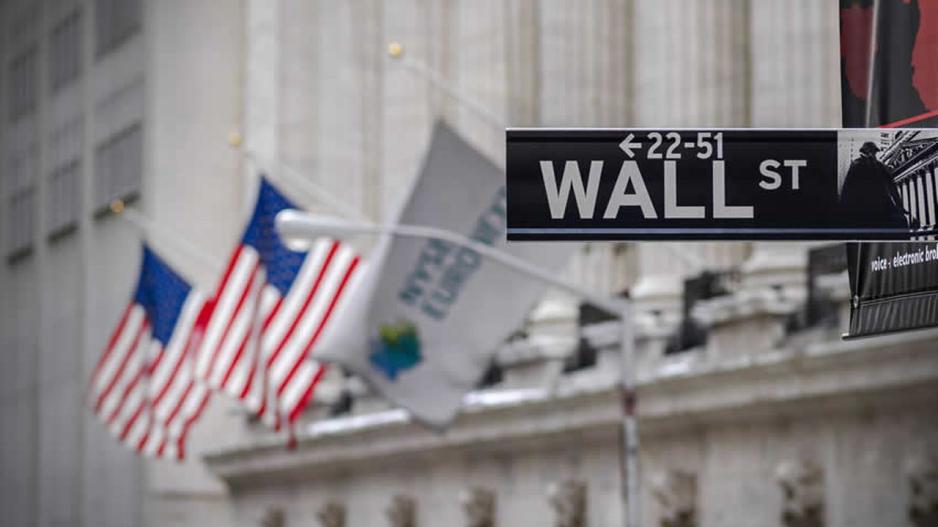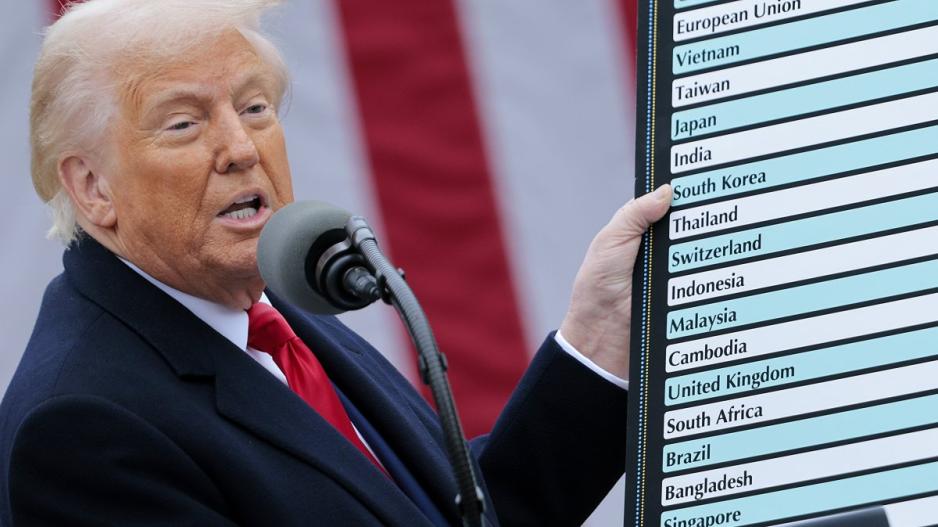Trump’s Sweeping Tariffs Shake Global Markets
25% Tariffs on Imported Cars and Electronics Among Broad Trade Measures Affecting the EU, China, and Dozens of Countries
April 2, 2025, may be remembered as the day Donald Trump reshaped global trade. For a brief moment, investors hoped that his tariff strategy would be milder than expected. But once the President appeared in the White House Rose Garden with a large poster outlining his new trade measures, those hopes evaporated, and market sentiment shifted drastically.
Trump signed an aggressive and wide-ranging package of "retaliatory tariffs," dramatically escalating the U.S. trade war with its key partners. He also announced plans to impose additional targeted measures on about 60 countries running significant trade surpluses with the United States. These sweeping tariffs are set to disrupt global trade and economic stability, with Trump declaring it the end of what he called the U.S.'s “exploitation.”
According to the plan, a base tariff of 10% will apply to all imports, with significantly higher rates for specific countries:
-
China: 54%, as the new 34% tariff is added to existing 20% duties
-
European Union: 20%
-
Vietnam: 46%
-
Taiwan: 32%
The White House clarified that the total burden on Chinese imports now stands at 54%, making China the hardest-hit nation by these new measures.

“We have some very, very good news today,” Trump said. “A lot of great things are happening for our country. Today is Liberation Day. April 2, 2025, will forever be remembered as the day American industry was reborn, the day we reclaimed America's destiny, and the day we began making America wealthy again.”
Global markets took a major hit after Trump unveiled a far more aggressive trade policy than investors had anticipated. Stocks plunged, government bonds strengthened, and both the Japanese yen and gold surged as investors scrambled for safe-haven assets.
From Sydney to Hong Kong, stock markets tumbled. Tokyo’s stock exchange dropped to an eight-month low, 10-year U.S. bond yields fell to their lowest in five months, and gold reached an all-time high. The announcement of at least 10% tariffs on all U.S. imports — with additional charges targeting key partners such as China, Japan, and the EU — shocked markets and raised fears of a global growth slowdown.
Japan led the selloff:
-
Nikkei 225 fell 2.95%, after briefly dropping over 4%
-
Topix index dropped 3.30%
-
Hang Seng in Hong Kong fell 1.51%
-
CSI 300 in mainland China dipped 0.41%
-
Kospi in South Korea dropped 1.11%, after losing over 3% earlier
-
Kosdaq, focused on smaller caps, slipped 0.21%
-
Australia’s S&P/ASX 200 fell 1.07%
Investors flocked to gold, pushing it to a new historic high of $3,133.57 per ounce at 10:54 a.m. Singapore time. Market anxiety is likely to continue as analysts await responses from affected countries and further developments from Washington, which now appears ready to pursue trade action unconstrained by geopolitical norms.
Marco Papic of BCA Research warned that U.S. stocks could lose another 10%. Ed Al-Hussainy of Columbia Threadneedle said, “Markets must immediately price in the negative shock. Tariffs are taxes — and that’s never good for growth.” U.S. Treasury Secretary Scott Bessent urged Washington’s trade partners not to retaliate, stating: “If there's no reaction, this is the ceiling of our tariff increases.” Still, analysts like Tim Waterer of KCM Trade noted the uncertainty over how long these measures will last: “Trump’s nature as a negotiator leaves room for reversal, but the initial shock is real.”
On a more optimistic note, Steve Chiavarone of Federated Hermes suggested these could represent the peak of tariff levels, with upcoming negotiations possibly leading to de-escalation.

Only two months after Trump took office, the initial market optimism has evaporated. Top Wall Street strategists are revising U.S. equity forecasts downward, while central banks begin factoring in the inflationary impact of the new tariffs.
“Surprisingly high tariffs are damaging investor sentiment across Asia, where export-driven economies now face a growth dilemma,” said Jun Rong Yeap of IG Asia.
Corporations dependent on global supply chains were hit hard. Apple fell as much as 6.9%, while Nike, Gap, and Lululemon — with exposure to Vietnam — dropped more than 7%. In tech, Nvidia and AMD saw steep losses, and multinational giants like Boeing and Caterpillar also suffered.
Trump’s tariff blitz landed as the global economy showed signs of fatigue. Oil and metal prices fell, while demand for government bonds surged. Europe and Canada saw their largest daily widening in credit default spreads since 2023.
The exemption of steel and aluminum imports from reciprocity offers little comfort for the U.S., which already imposes 25% tariffs on those materials.
Global financial stability is being put to the test. The coming weeks will reveal whether markets can adapt or if uncertainty will cement itself into a new norm of economic nationalism. Futures on the S&P 500 fell more than 2.8%, while the Nasdaq dropped 3.4%. U.S. Treasury yields declined, and gold hit another all-time high as investors sought safe havens. The dollar, instead of strengthening, slipped — reflecting concerns that the source of global instability may now be Washington itself.
“This is definitely more aggressive than markets expected,” said Brad Bechtel of Jefferies Financial Group. “It’s a vicious cycle that amplifies the risks to the global economy.”
The impact extends beyond equities. Corporate bond spreads widened, signaling rising credit risk. Analysts warn that the blow to consumer and business confidence could hit already slowing U.S. growth.
Trump claimed tariff revenues would reduce the deficit and boost U.S. industrial jobs. However, Priya Misra of JPMorgan Asset Management described the outlook as “purely stagflationary — and the uncertainty is far from over.”
Higher import costs mean consumer income pressure, elevated prices, and limited room for the Fed to cut rates — even if growth weakens. Bloomberg Economics cautioned that the new tariffs could shrink U.S. GDP, particularly if retaliatory actions follow from other major economies.
Trump’s move marks the most aggressive step in his longstanding mission to rewrite the global trade order in America’s favor. Yet, as early signs suggest, the first to bear the cost might be the U.S. economy itself. Markets are already pricing in the steep consequences — in terms of growth, inflation, and employment.
What’s now clear is that the coming weeks will test not only the direction of global markets but also the resilience of the world economy against this renewed wave of trade nationalism ignited in Washington.






